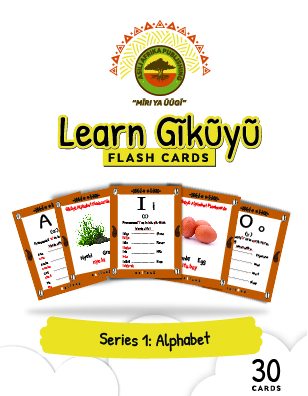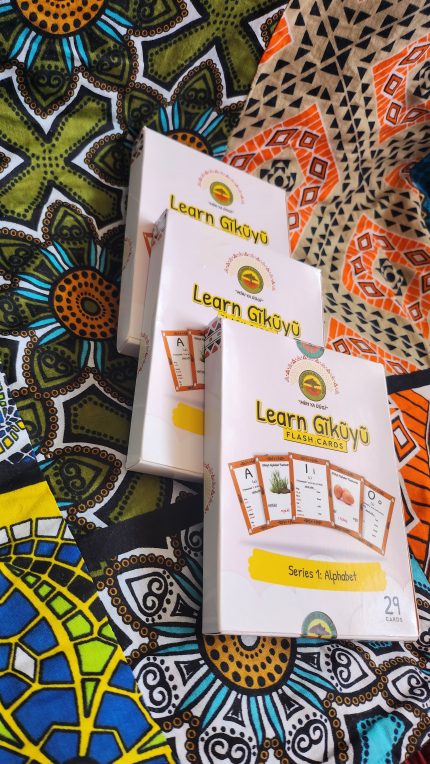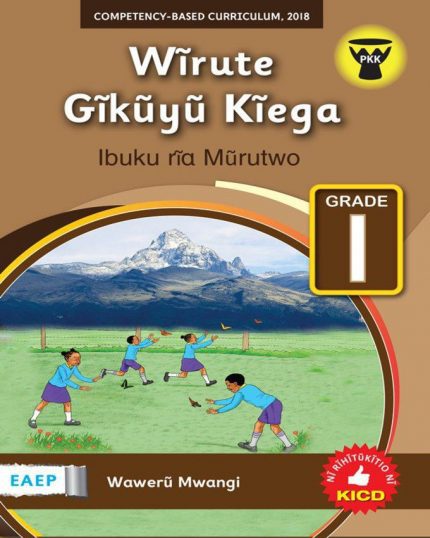The central Gĩkũyũ occupy Mũrang’a County, which is in the central part of Kenya. At various times in history, the central gikuyu territory has been known as Ithanga, Mũkũrwe-inĩ, Gĩkuyu, Kĩrĩnyaga, Metumi, Fort Hall and finally Mũrang’a. They are the original Gĩkũyũ and direct descendants of Gĩkũyũ and Mũmbi.
The country of the central Gĩkũyũ,' whose system of tribal organisation will be described in this book, lies between the southern Gĩkũyũ of Kiambu (Kabete) and the northern Gĩkũyũ of nyĩrĩ (Gaki) all three lying in the central part of Kenya. Murang’a is divided into six administrative sub-counties: Kandara, Gatanga, Kĩharũ, kangĩma, Kĩgumo and Maragwa. The population, according to the 2019 census is (1,056,640) one million, fifty-six hundred, six hundred and forty. The central Gĩkũyũ people are agriculturists, today keeping a few flocks of sheep and goats and cattle. They are also ardent businessmen.
The cultural and historical traditions of the central Gĩkũyũ people have been verbally handed down from generation to generation. These traditions are quite distinct from the other two of the north and south. In writing this book, I sought to bring out this distinction to establish the difference with the southern Gĩkũyũ as was aptly captured by Louis Leakey in his treatise titled “southern kikuyu before 1903”. Probably the only and most comprehensive book on Gĩkũyũ culture, Leakey candidly dwelt on the southern Kikuyu and confesses to not having had much contact with what he wrongly summed up as northern kikuyu.
In that said north, there exists two distinct kikuyu cultural groupings that have never been studied to establish this glaring distinction between the nyĩrĩ and mũrang’a groupings.
From inception, the central Gĩkũyũ carried forth their information and history through memory. In the book “a prehistoric people: the central Gĩkũyũ before 1970”, effort was made to collect relevant information from sometimes very meagre sources to try to correct the misconception that the kikuyu are a homogenous people practicing a common culture.
As a central Gĩkũyũ myself, having been born and grown up there, it is clear after interaction with the other two, that the original Gĩkũyũ still exists in mũrang’a (fig 15) as close to as it was during Gĩkũyũ and Mũmbi era. It is from these original Gĩkũyũ that the other two, the southern and northern, developed after dispersal from Mũrang’a.
Thaaaai-to the members of the central Gĩkũyũ kĩama, mwaki wa rũgongo rũa kĩranga, in which I stand as mũthuri wa mbũri igĩrĩ, my comrades-in-arms of the past, present, and future. In this work as in all my other activities, their co-operation, courage, and sacrifice in the service of the central Gĩkũyũ people have been the inspiration and the sustaining power.
Finally., I extend my warmest thanks to all those elders and scholars as well as people of all walks of life who gave me much of their time to help collect, critic and record the facts correctly. Again, thank you very much.






